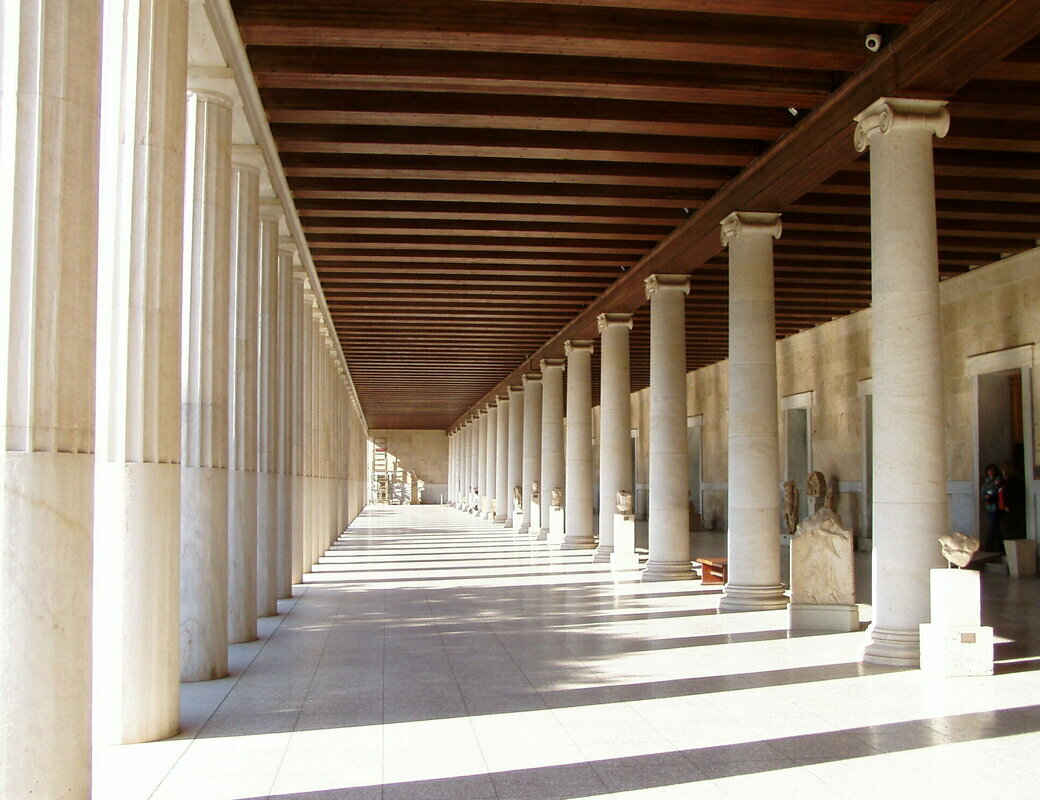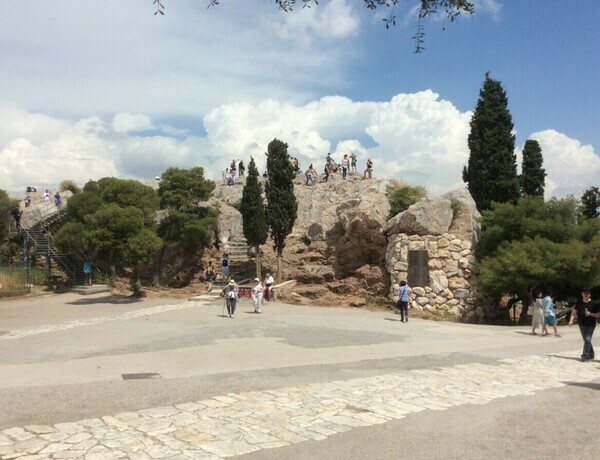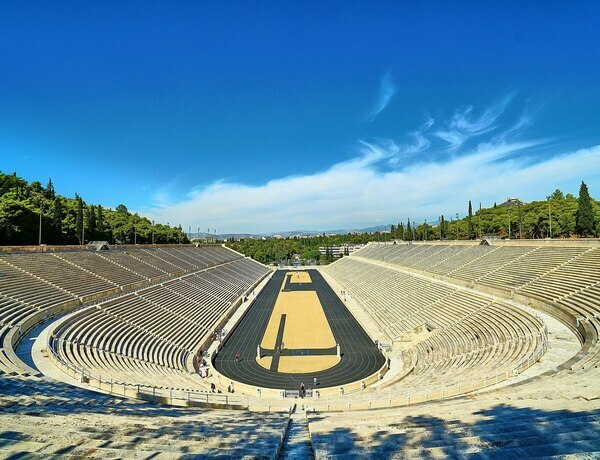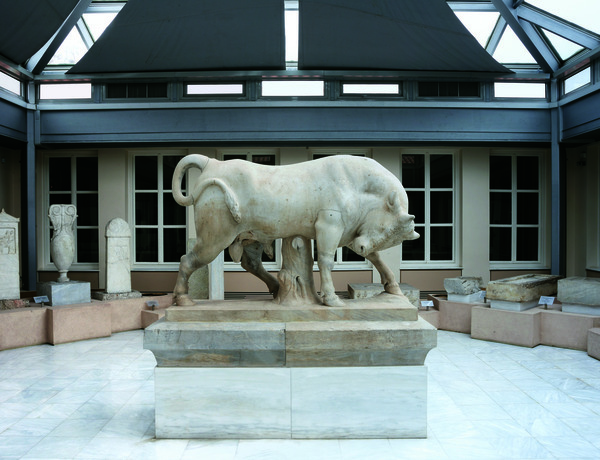
Posted by Filippos Fragkogiannis
The Stoa of Attalos is an ancient building located in the Agora of Athens, Greece. It was originally built by King Attalos II of Pergamon in the 2nd century BC as a gift to the city of Athens, and was used as a covered marketplace and meeting place.
The Stoa of Attalos was a two-story building with a colonnade of 21 Doric columns on the ground floor and 21 Ionic columns on the upper floor. The building was about 115 meters long and 20 meters wide, and it had a central hall and several smaller rooms.
During the Roman period, the Stoa of Attalos was damaged by fire and earthquakes, and it fell into disrepair. In the 1950s, the building was reconstructed by the American School of Classical Studies at Athens, using ancient building materials and techniques.
Today, the Stoa of Attalos houses the Museum of the Ancient Agora, which contains exhibits on the history of the Agora and ancient Athens. The museum’s collection includes pottery, coins, sculpture, and other artifacts from the ancient Greek and Roman periods.
Website
odysseus.culture.gr
odysseus.culture.gr





